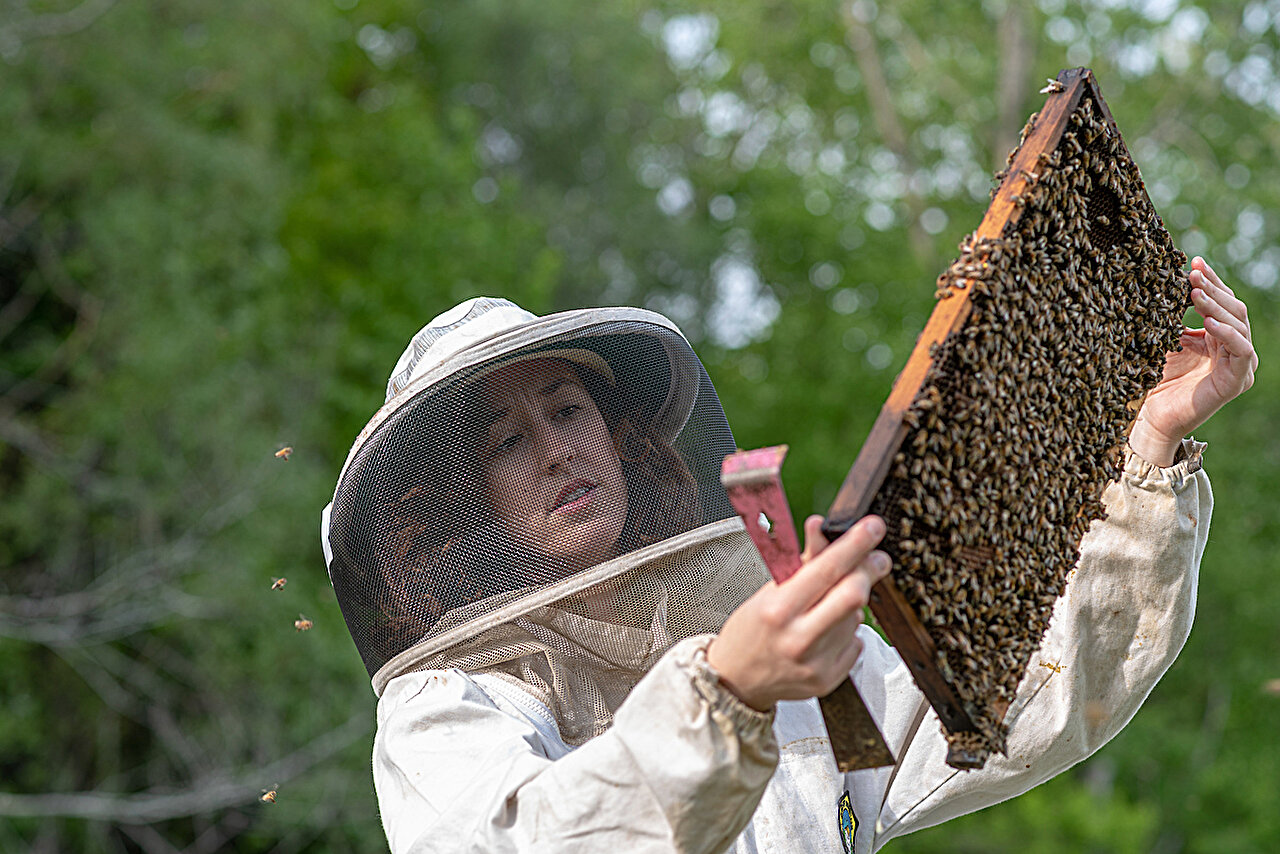Bee Detectives: Groundbreaking Technique Promises to Decode Colony Health Mysteries

Bee populations in the United States are facing an unprecedented crisis, with beekeepers reporting a staggering 55% loss of managed honey bee colonies in the past year. This alarming statistic marks the highest recorded colony loss since tracking began by the Apiary Inspectors of America in 2011, sending shockwaves through the agricultural and environmental communities.
The dramatic decline in bee populations represents more than just a number—it's a critical warning sign for our ecosystem and food production. Honey bees play a crucial role in pollinating crops, with their work supporting billions of dollars in agricultural output annually. Each lost colony threatens not just honey production, but the broader agricultural landscape that depends on these tiny, industrious pollinators.
Experts are pointing to a combination of factors contributing to this dramatic loss, including climate change, pesticide use, habitat destruction, and the spread of harmful parasites and diseases. The continued decline raises urgent questions about the long-term sustainability of bee populations and the potential cascading effects on our food supply and natural environments.
